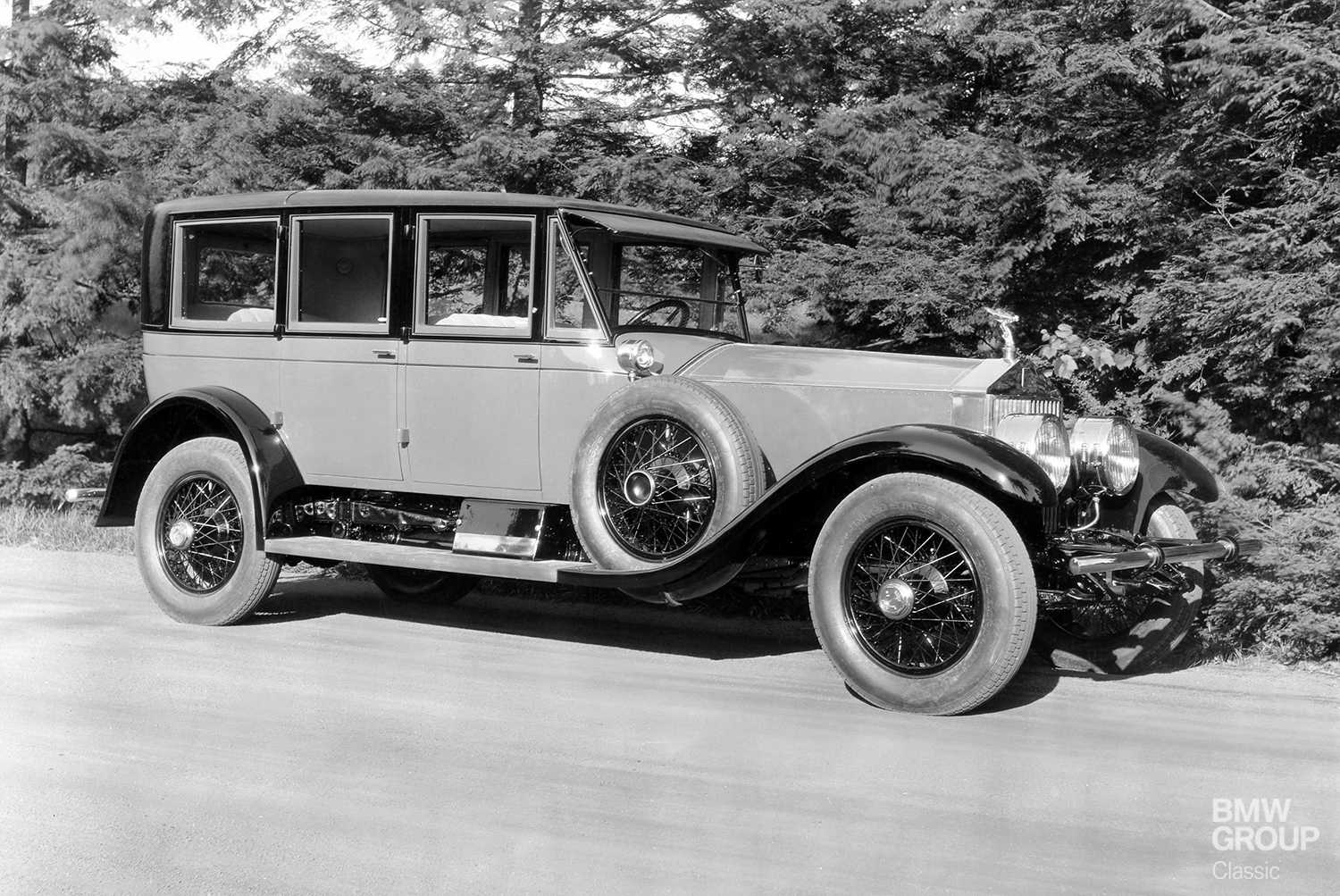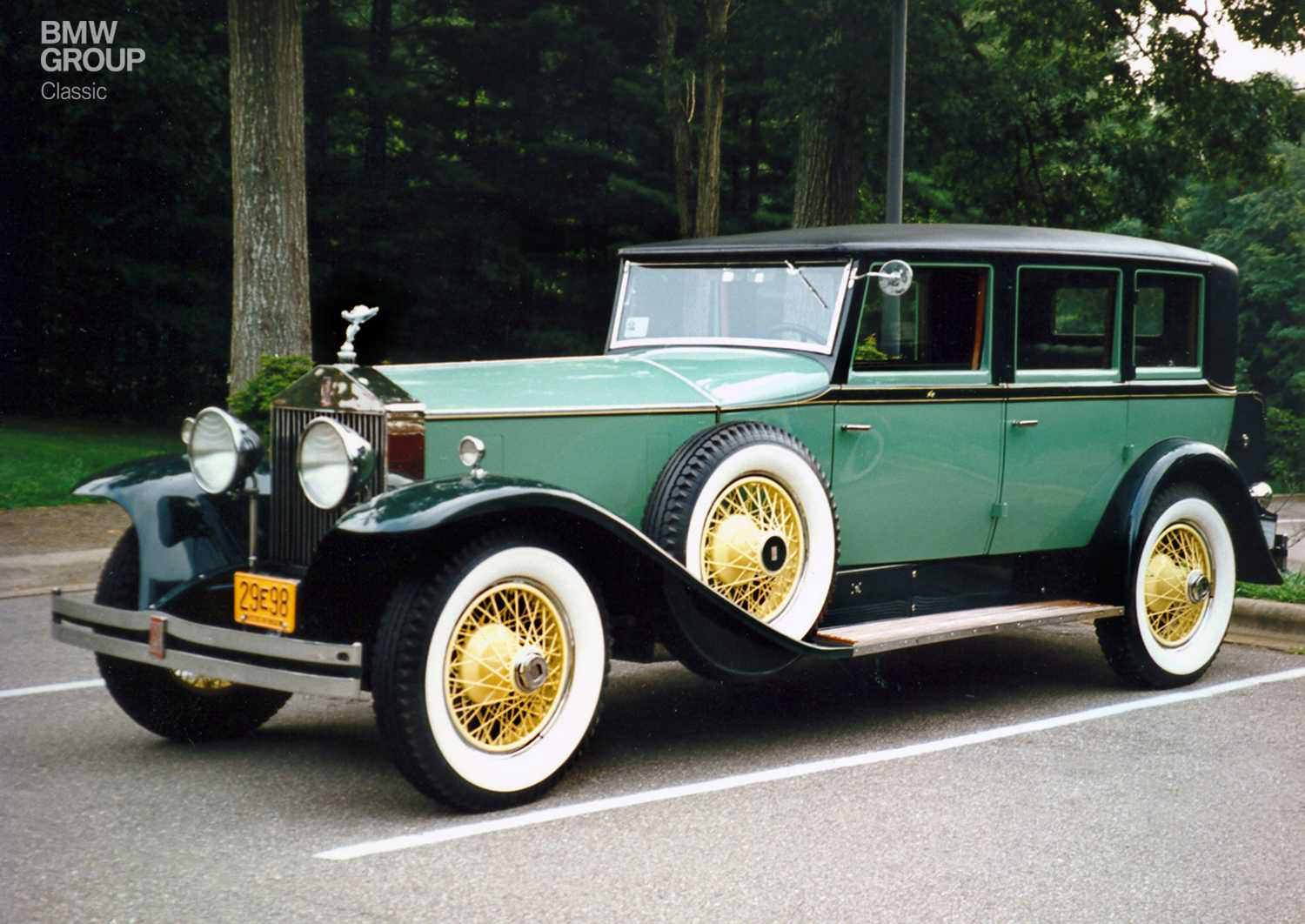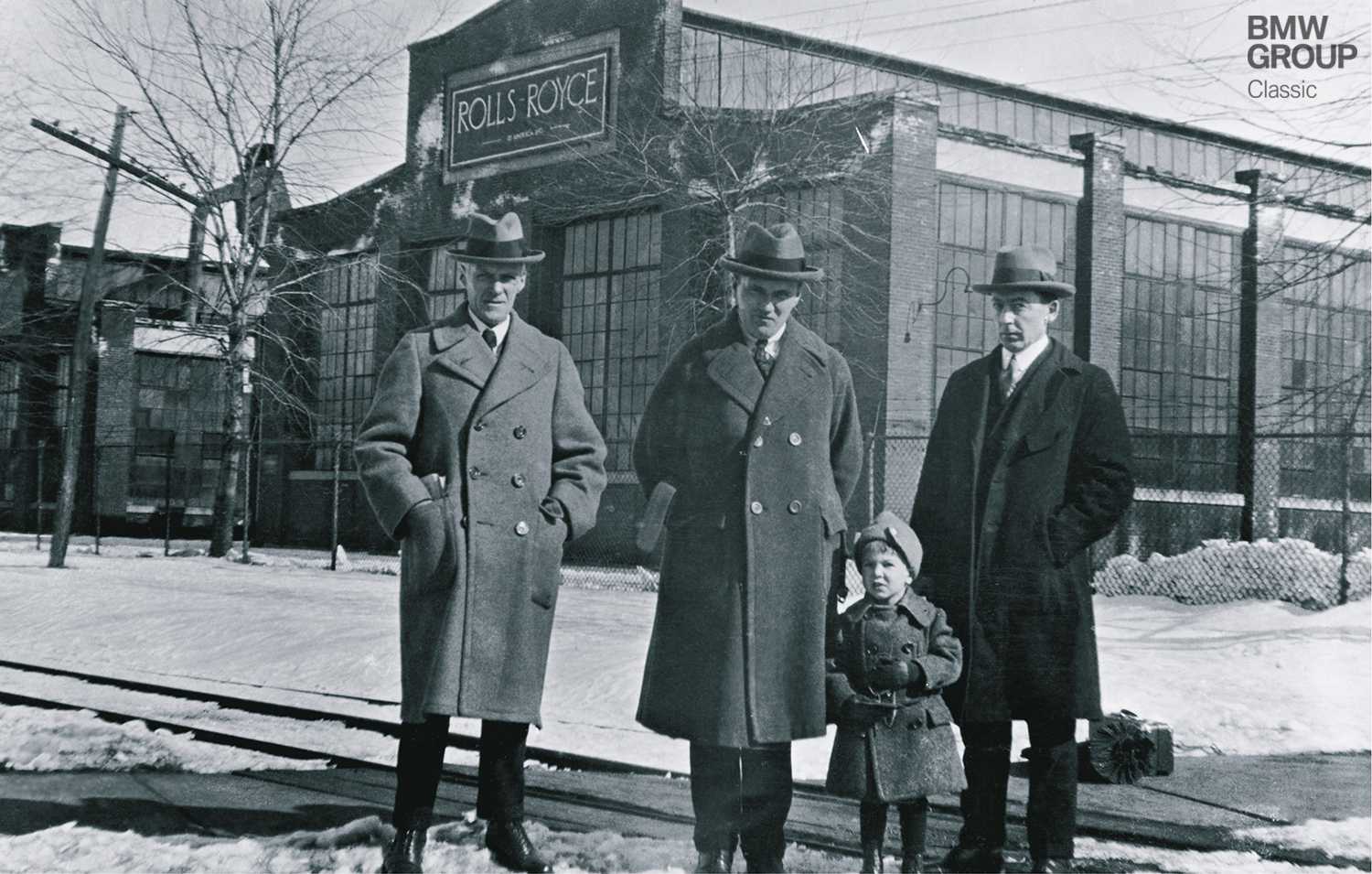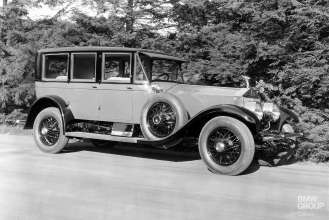In the early 20th century, the American automotive industry became the driver of a still relatively new technology that was to develop at a rapid pace: mass production and mass motorisation were born here. A new, modern lifestyle, which now included owning your own car, emerged as early as the 1920s – much sooner than in Europe, which had been weakened by years of war. Sales opportunities were greater in the USA than anywhere else in the world. And Rolls-Royce was also quick to recognise the favourable conditions.
With the launch of the Silver Ghost model, demand for Rolls-Royce cars started to rise in the United States as well as elsewhere. After the First World War, management therefore decided to build a second plant in the USA to avoid high import duties (up to 33%) and transportation costs.
New England pioneers.
Springfield in Massachusetts represented an excellent home for the new factory. Machinery and an initial team of 53 employees were brought over from England. Naturally, the 40/50 hp Silver Ghost was to be produced, traditionally as a chassis with engine, so the body could be made entirely to the customer’s specification by a separate coachbuilder. On 18 February 1921, factory owner Wallace Potter collected the first Rolls-Royce car to be made in the USA from Springfield. He single-handedly (!) steered the unclad chassis to the Merrimac Body Company a few miles away, a feat which would have been unthinkable in England.
“Let’s beat Derby!”
Business went well. The American branch of Rolls-Royce was eager to surpass the home plant in terms of quality and coined the slogan “Let’s beat Derby!” This steely determination to achieve absolute perfection certainly had an impact on costs, however. Even when excluding taxes on imports, a Rolls-Royce was by some way the most expensive car on the American market.
At first, the American Rolls-Royce cars were virtually identical to those in their home country. Visually they were easily recognisable due to the cylindrical headlights, which were only available here. American cars were usually left-hand drive with the gearshift in the middle. Drivers of a Rolls-Royce also changed gear with their right hand, but were asked to sit on the right due to England’s convention of driving on the left-hand side of the road. This meant the gear lever was positioned outside the cabin above the running board! American buyers also tended to prefer their cars built in one place, thereby dispensing with the need to engage a coachbuilder.
In time, Rolls-Royce relocated the driver’s seat to the left, moving the gearshift to the middle and, from 1923, even offered complete vehicles. They were assembled in a specially designed and freshly equipped production hall and given fine-sounding names such as the ‘Pall Mall’, ‘Pickwick’ or ‘Oxford’. These were well received and actually more favourably priced. In 1926 Rolls-Royce acquired Brewster & Co., a New York-based coachbuilder which had already served many customers. 1928 was to be the best year for sales and saw the construction of 400 vehicles. The usual average was around 300 per annum.
Black Friday and a major crisis.
In the late 1920s the entire global economy hit the skids. The stock market crash on Wall Street and its dramatic consequences pushed large swathes of the population to financial ruin. The market for luxury vehicles duly screeched to a virtual standstill. Even production at the parent plant in England was fighting for survival. Only 100 vehicles were built at Springfield in 1930 and in 1931 production ceased. The name of the company was changed in 1934 and Rolls-Royce of America was consigned to history. A total of 2,994 Rolls-Royce Silver Ghost and Phantom I models were made in the USA over a period of twelve years.
Hand craftsmanship and mass-produced goods.
Arthur Soutter, a shareholder in Rolls-Royce of America, analysed its eventual failure meticulously. Clearly, economic conditions were ultimately extremely poor, but he also attributed its demise to the character of his people. A Rolls-Royce was as thoroughly British as the Union Jack or tea at five o’clock and, although of the highest craftsmanship, it was also conservative and rather restrained. The America of the 1920s and 30s, by contrast, was already hungry for mass-produced goods and fast-changing fashion. And that is something a Rolls-Royce never would or could be.
In this YouTube video, a proud American owner vividly describes the history of his Silver Ghost, built in the USA in 1921:
https://www.youtube.com/watch?v=7a2Rg3dPHT8
See below for YouTube films on other Rolls-Royce cars from Springfield:



